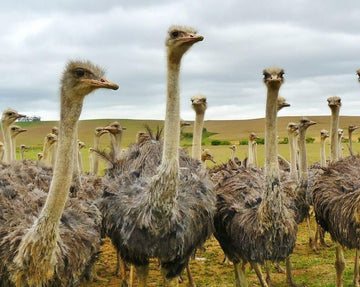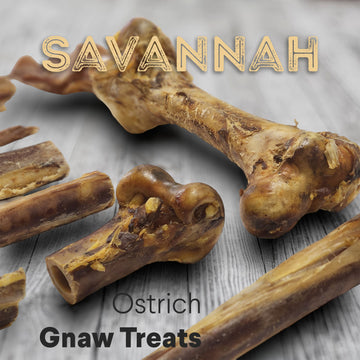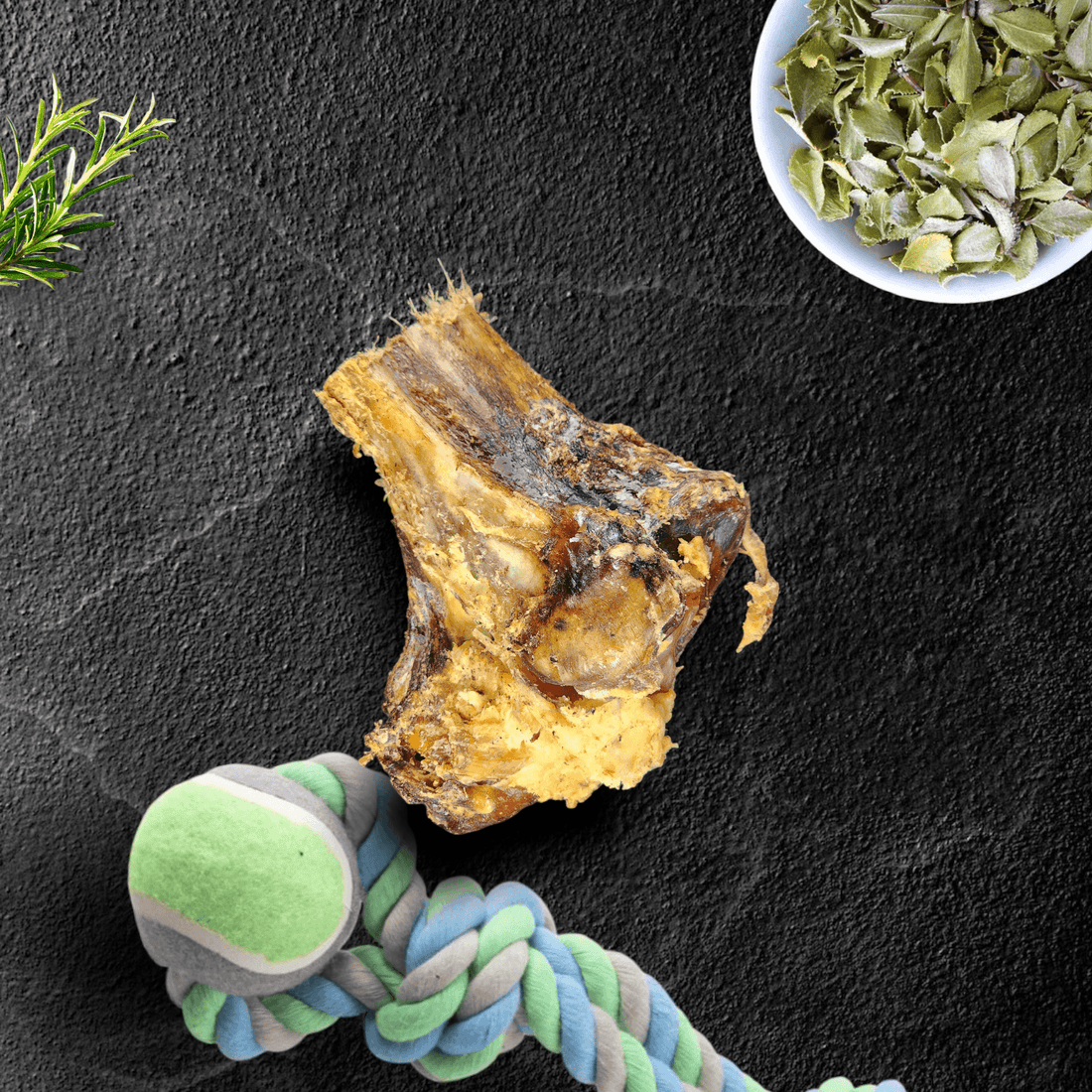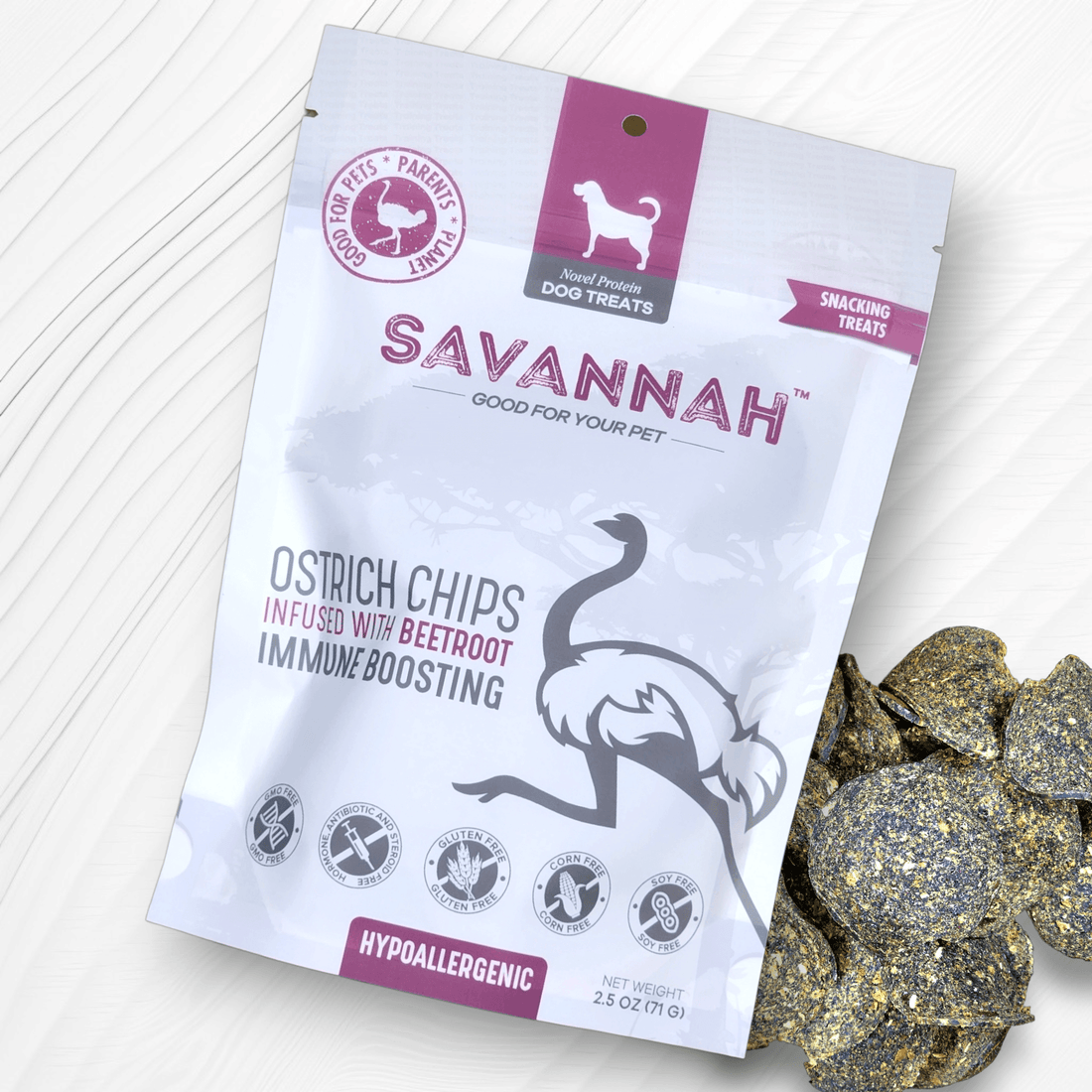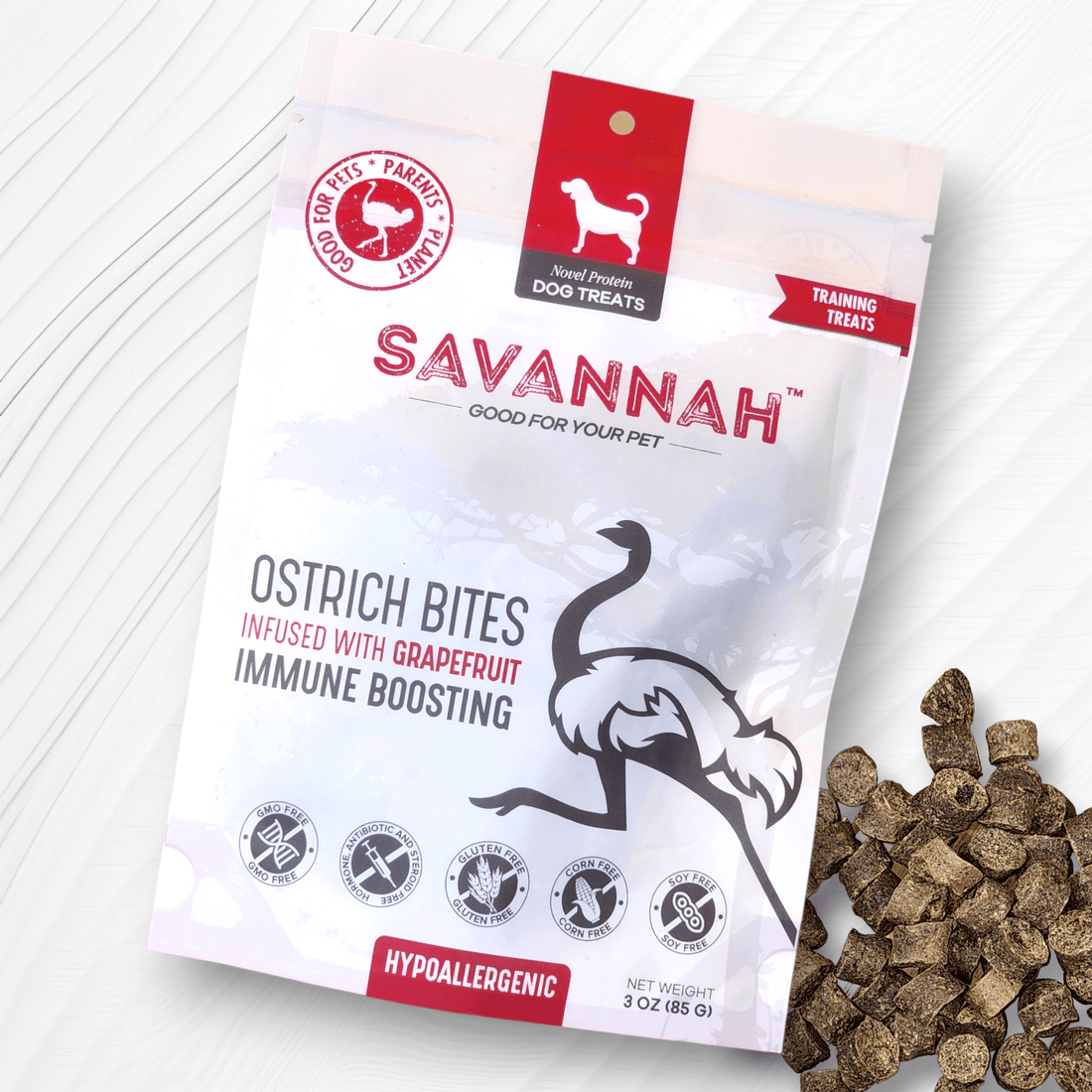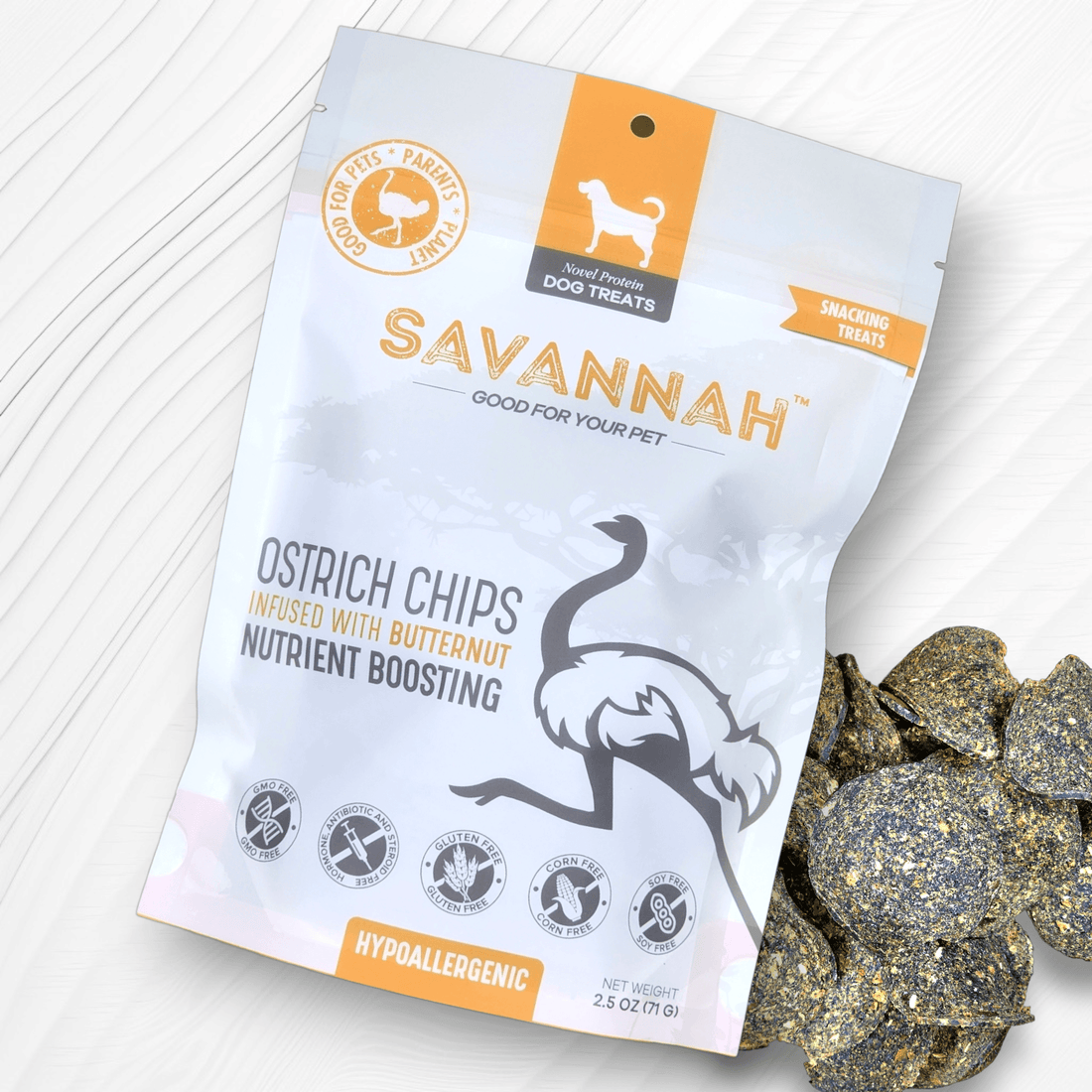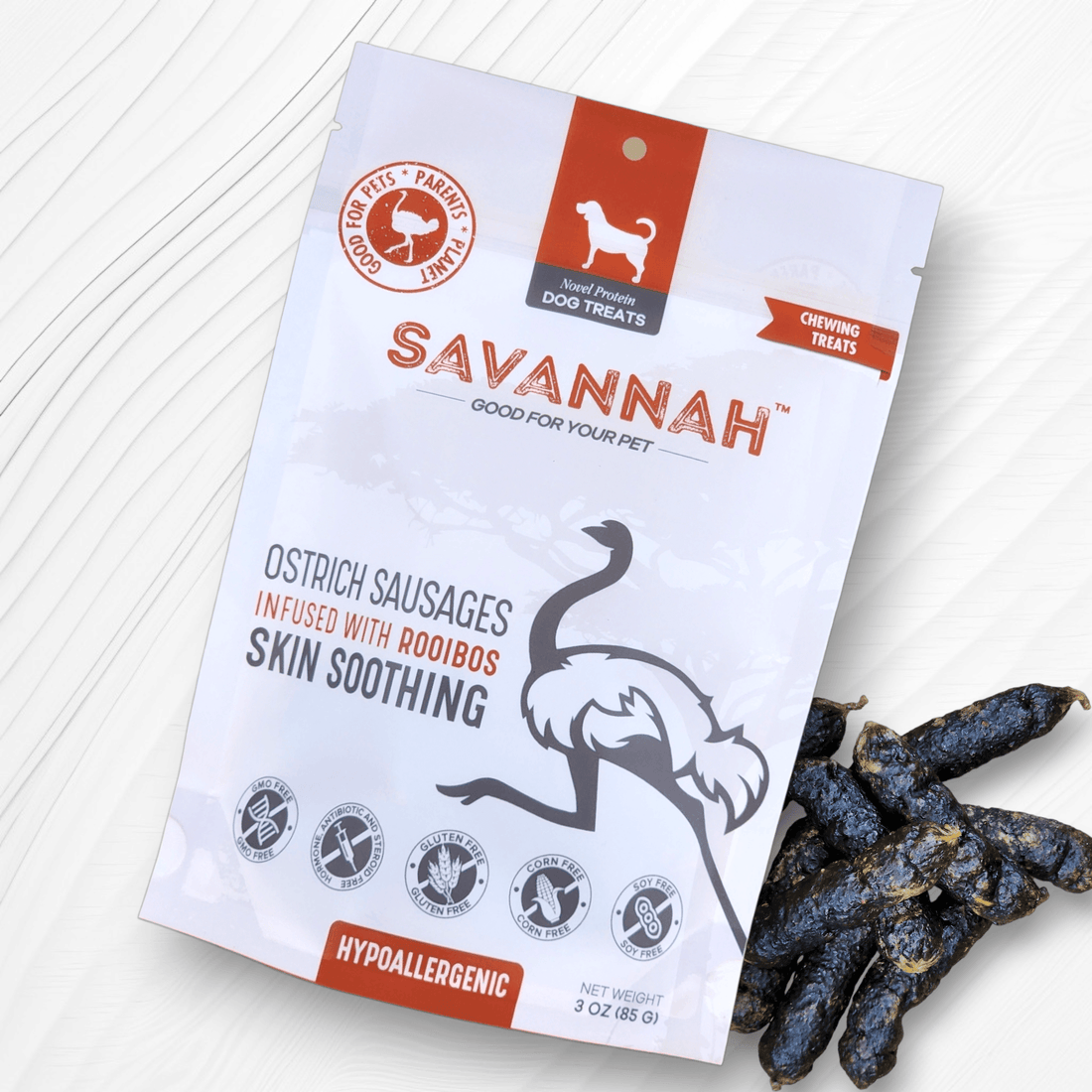In an era of mounting environmental concern, sustainable agriculture has emerged as a pressing issue. Among the many facets of this revolution, ostrich farming stands as an underappreciated champion of sustainability. The purpose of this article is to shed light on the plethora of benefits that ostrich farming offers, both economically and ecologically.
What is Ostrich Farming?
Ostrich farming is the process of rearing ostriches commercially for their meat, feathers, and leather. Originating in South Africa, this form of farming has spread worldwide due to its low input requirements and high output potential. But what exactly makes ostrich farming a sustainable practice? Let's dive into its numerous benefits.
Lower Greenhouse Gas Emissions
One of the most compelling aspects of ostrich farming is its significantly lower greenhouse gas emissions compared to traditional livestock. The carbon footprint of ostriches is considerably less than that of cattle, sheep, or pigs, making it a more eco-friendly meat source.
Efficient Use of Land
Ostriches require less land per animal than cattle. This feature results in a more efficient use of land, as more ostriches can be reared on the same plot. This efficiency helps combat deforestation and degradation of land caused by overgrazing.
High Feed Conversion Ratio
With a high feed conversion ratio, ostriches produce more meat per kilogram of feed than conventional livestock. This efficiency not only reduces the cost of feeding but also minimizes the strain on resources used for fodder production.
Drought Tolerance
Ostriches are naturally adapted to arid conditions and can withstand droughts better than most livestock. This trait makes them suitable for farming in regions with scarce water resources, contributing to the overall sustainability of the practice.
Superior Nutritional Value
Ostrich meat is low in fat and cholesterol and high in protein and iron, making it a healthier choice for consumers. The demand for this lean, nutritious meat is on the rise, adding to the economic benefits of ostrich farming.
Versatility of Products
Beyond meat, ostrich farming also produces valuable byproducts like feathers and leather. Ostrich feathers are used in fashion and home décor, while ostrich leather is prized for its durability and texture. This versatility of products helps to maximize profitability.
Lower Disease Risk
Ostriches are less susceptible to common livestock diseases, reducing the need for antibiotics and other medications. This aspect results in healthier animals and a safer product for consumers, promoting a more sustainable and ethical farming practice.
Job Creation
Ostrich farming creates job opportunities in rural areas, contributing to local economies. From farmhands to processors and marketers, the industry supports a range of occupations, further emphasizing the benefits of this sustainable farming practice.
Boosting Biodiversity
By diversifying the types of animals raised on farms, we can help to increase biodiversity and improve ecosystem health. Ostrich farming can play a key role in this, offering a sustainable alternative to traditional livestock farming.
Conclusion
As we grapple with the challenges posed by climate change, embracing sustainable farming practices like ostrich farming is more important than ever. The numerous benefits it offers - from lower greenhouse gas emissions and efficient use of land to high feed conversion ratios and drought tolerance - make it a compelling choice for sustainable agriculture.
Moreover, the economic benefits, such as superior nutritional value of the meat, the versatility of products, lower disease risk, and job creation, add to the appeal of this practice. In essence, ostrich farming is a win-win solution, contributing to both economic growth and environmental sustainability.

